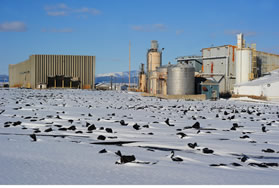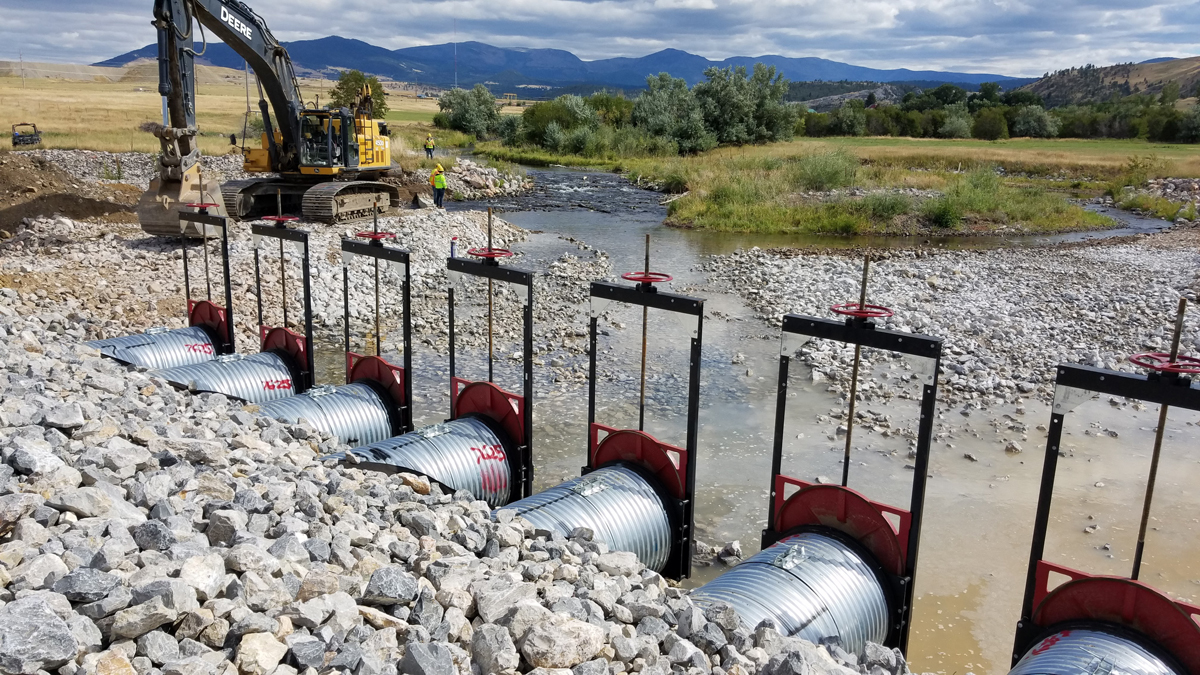 In 1997, EPA initiated a transfer of responsibility for on-going remedial activities at the East Helena Smelter Site from its Comprehensive Environmental Response, Compensation, and Liability Act of 1980 (CERCLA) program to its Resource Conservation and Recovery Act (RCRA) Corrective Action program. A Consent Decree (CD) effective May 5, 1998 between EPA and ASARCO (U.S. District Court, 1998) initiated the corrective action process. As part of the CD, ASARCO prepared a RCRA Current Conditions/Release Assessment (CC/RA) report (Hydrometrics, 1999). The purpose of the CC/RA was to assess the completeness and quality of the existing data used to define, in whole or in part, the nature and extent of hazardous wastes and hazardous constituent releases migrating from the Site. Based on its review of the CC/RA, EPA determined that interim remedial measures were necessary and warranted for portions of the Site, and an Interim Measures Work Plan (IMWP) was prepared (Hydrometrics, 1999).
In 1997, EPA initiated a transfer of responsibility for on-going remedial activities at the East Helena Smelter Site from its Comprehensive Environmental Response, Compensation, and Liability Act of 1980 (CERCLA) program to its Resource Conservation and Recovery Act (RCRA) Corrective Action program. A Consent Decree (CD) effective May 5, 1998 between EPA and ASARCO (U.S. District Court, 1998) initiated the corrective action process. As part of the CD, ASARCO prepared a RCRA Current Conditions/Release Assessment (CC/RA) report (Hydrometrics, 1999). The purpose of the CC/RA was to assess the completeness and quality of the existing data used to define, in whole or in part, the nature and extent of hazardous wastes and hazardous constituent releases migrating from the Site. Based on its review of the CC/RA, EPA determined that interim remedial measures were necessary and warranted for portions of the Site, and an Interim Measures Work Plan (IMWP) was prepared (Hydrometrics, 1999).
Concurrent with its approval of the IMWP, EPA determined that a RCRA Facility Investigation (RFI) was required for the site, with the RFI to be conducted in two phases. Objectives of the Phase I RFI, which was conducted in 2000, included characterization and investigation of portions and aspects of the site not addressed as part of the interim measures process, and to provide sufficient data for development of corrective measures alternatives. Phase II of the RFI was initiated in 2010 and was intended to address site characterization issues not addressed in the Phase I RFI or other previous investigations and remedial actions (taken under RCRA and CERCLA), and an assessment of human health and ecological risk posed by the site.
Information obtained through the Phase I and Phase II RFI is being used to prepare a RCRA Corrective Measures Study (CMS) for the site.

